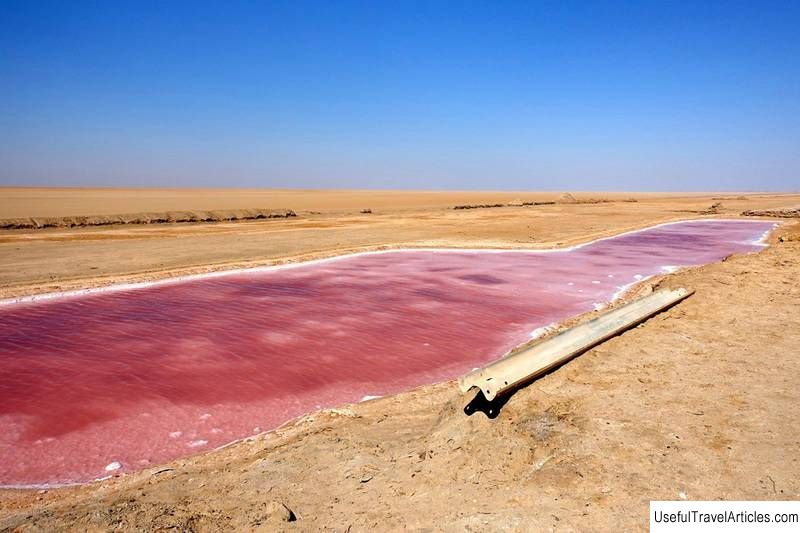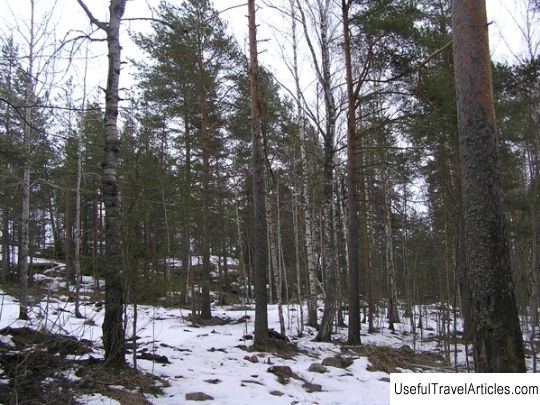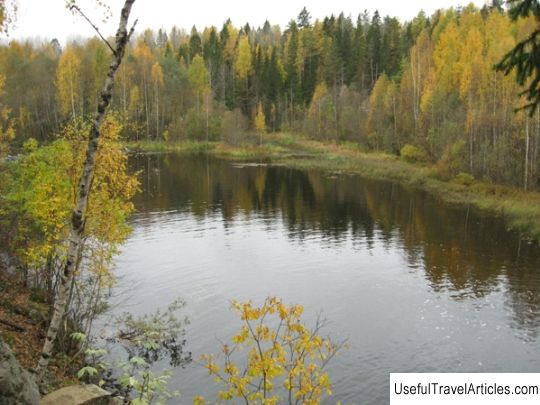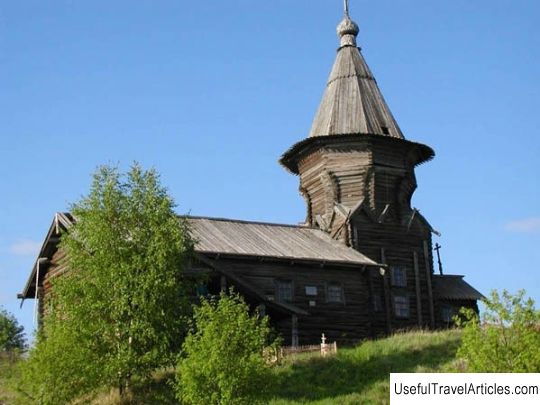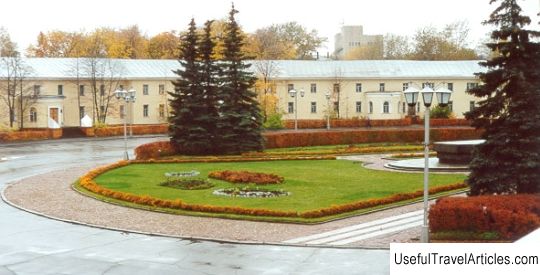Konchezersky copper smelter description and photos - Russia - Karelia: Kondopozhsky district
Rating: 7,7/10 (509 votes) 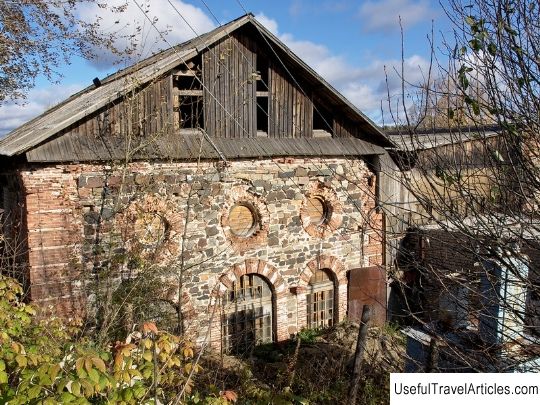
Konchezersky copper smelter description and photos - Russia - Karelia: Kondopozhsky district. Detailed information about the attraction. Description, photos and a map showing the nearest significant objects. Photo and descriptionLocal history researchers from all over Russia are attracted by the forests of Karelia, concealing many monuments of the history of our country. One of them is located near the village of Konchezero, located on the shore of the lake of the same name. The history of the village, like the history of the city of Petrozavodsk, dates back to the foundation of one of the four state Olonets factories, which were built in the 18th century by order of Peter I. fleet. The many developed mines around the village of Konchezero are traces of the mining activities of that time. Under the leadership of the smelter master Wolf Martin Zimmermann, who came from Saxony as part of a group of mining specialists, in 1706 (according to other sources - in 1707), the construction of the Konchezersky plant began. It was completed by 1708. Initially, the plant was conceived only as a copper smelter, copper ore was supplied for it from the northern end of Pertozero. However, almost immediately after the plant was put into operation, both cast iron and iron began to be smelted. The development of numerous ores located in the district began. Some deposits, including the Nadezhda mine, located in a rock mass about 600 meters from Pertozero, have survived to this day. But, unfortunately, due to poor preservation and the existing threat of collapse, visiting this monument of metallurgy is difficult. Mining of copper ore here continued until 1754, the Nadezhda mine was considered the main one for supply to the plant. Iron ore was mined at Ukshezer: on the water, from rafts, with the help of ladles fixed on long poles. Other deposits are known that bear picturesque names: "Russian Eagle", "Happiness of God", "The Building of God." Ore mining was organized thoroughly and progressively for that time. Laboratories, upholstery, smithies, pump houses have been built near the deposits. Soon, due to the influx of workers, a settlement appeared around the plant, which later served as the basis for the formation of the village of Konchezero. The building of the Konchezero copper-smelting plant was an impressive wooden structure. By 1719, the company included the following production facilities: & nbsp; a copper smelter with two furnaces, a hammer workshop, a dam on the Viksha river, a blast furnace for iron smelting and others. & nbsp; & nbsp; The pressure of the Pertozero water was used as a driving force (to date, only the remains of the waterfall tunnel have survived). With the end of the Northern War, the demand for the products of the Olovets state-owned factories decreased, production began to decline, and the enterprises gradually fell into decay. In the summer of 1730, Wolf Zimmermann was again sent to the Konchezersky plant as & nbsp; deputy chief, & nbsp; with the instructions of Peter I & nbsp; prepare the plant for startup after downtime. In 1753, the plant switched to iron smelting for the Aleksandrovsky plant, in 1754 copper smelting was stopped, since its own copper smelter was built in Petrovskaya Sloboda. Thus, Konchezersky plant & nbsp; by 1774 it passed into the jurisdiction of the Alexandrovsky plant, located in Petrozavodsk. In 1793, as a result of a strong fire, the original wooden buildings of the enterprise were almost completely burned down, and a blast furnace workshop was built in their place, and at the beginning of the 19th century, two annexes & nbsp; made of bricks for molded compartments. Until the beginning of the next century, the Konchezersky plant continued to function, the main products were cast iron blanks supplied to the Aleksandrovsky plant. However, despite the high demand for cast iron from the Olonets province, the plant remained unprofitable and in 1905 it was finally closed. In Soviet times, the remains of the factory buildings, turned into a single building, were used as workshops in the state farm "Konchezersky ”, Perhaps due to this they have survived to this day. Today, little remains of the original factory buildings: only the foundations of some buildings,      We also recommend reading Capuchin monastery (Kapuzinerkirche) description and photos - Austria: Vienna Topic: Konchezersky copper smelter description and photos - Russia - Karelia: Kondopozhsky district. |
